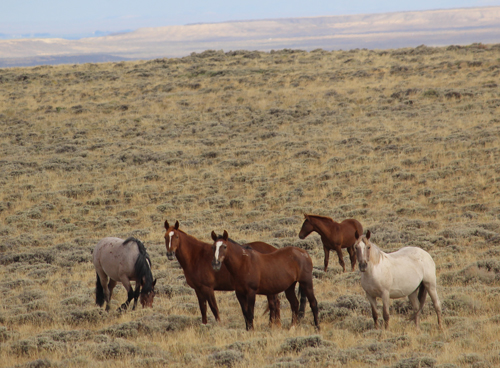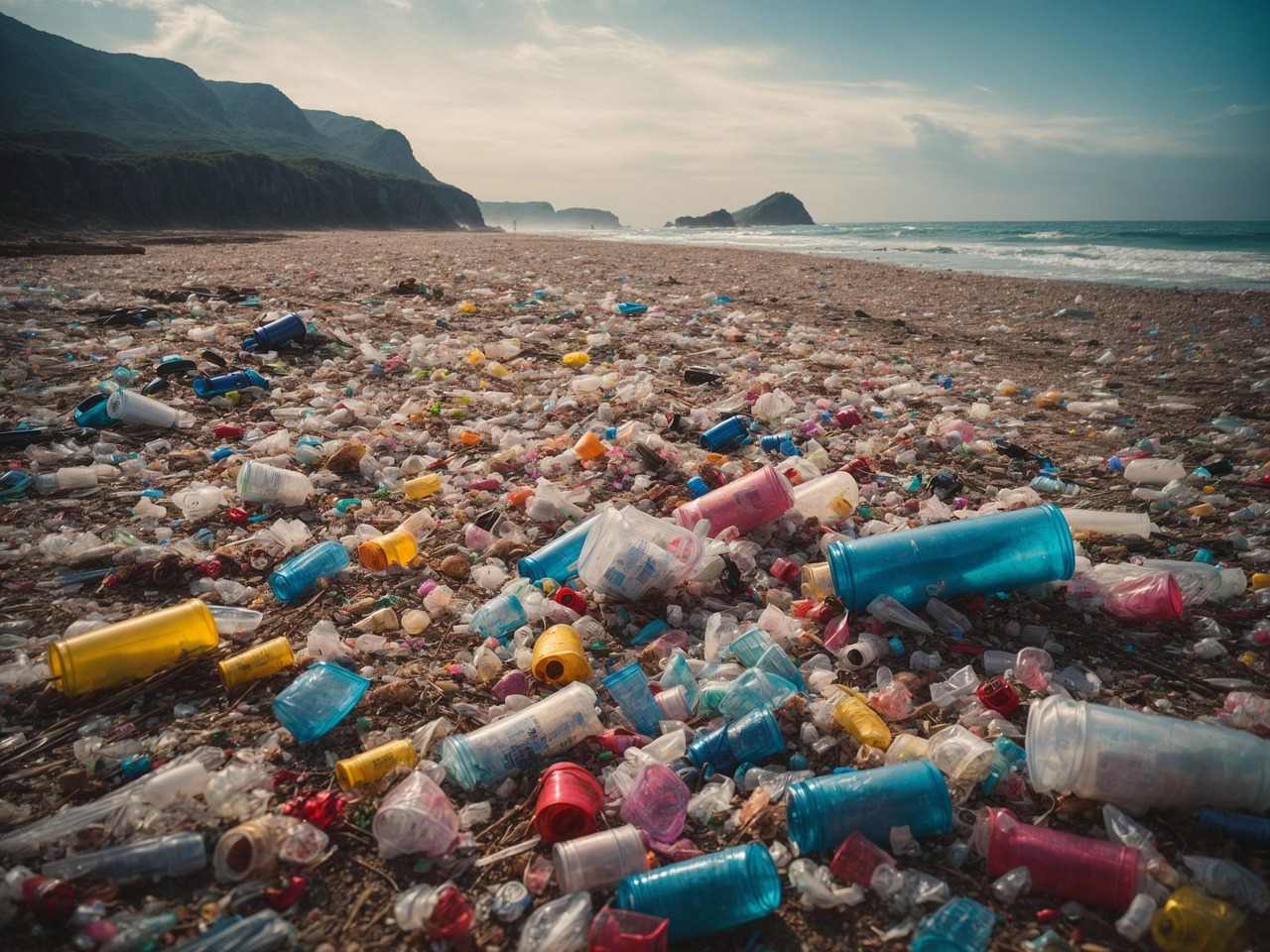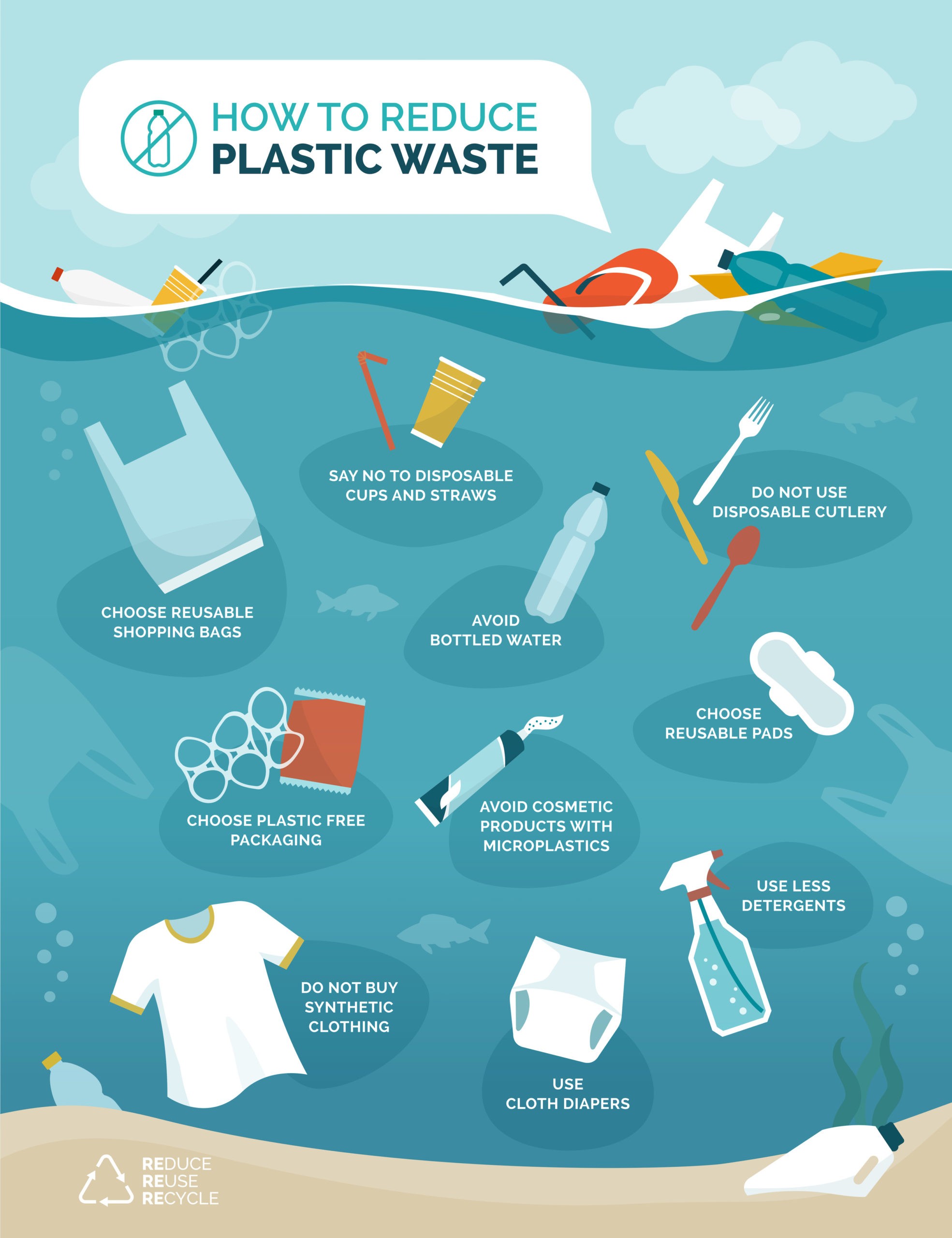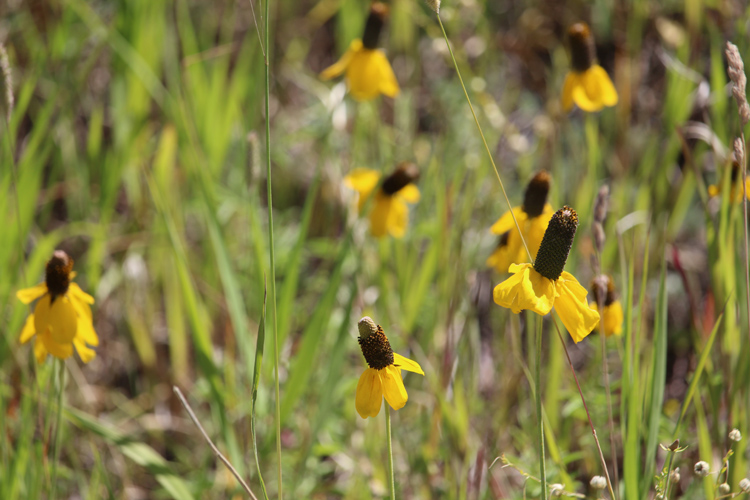Let's Care for Our Planet - Earth Day 2025
.png)
One spring weekend a few years ago, my husband and I drove to the Green Mountain area of central Wyoming in search of wild horses. The often-dry foothills flourished with color as a creek rushed with vigor from snowmelt in the higher elevations. Various types of wildflowers bloomed along the water’s edge, including red Indian paintbrush, yellow columbine, and wild white daisies. We also encountered several small bands of wild horses grazing upon the succulent new grasses. Mule deer and pronghorn also feasted, some with young by their sides.
The plants and animals received nourishment from the vast amount of grass that spring. They also received water from nearby creeks and rivers, quenching their thirst after a long, difficult winter. Water is vital to and sustains life. Encountering the colors and fragrances of the flowers, the majesty of the waterways, and the beauty of the wild horses and other animals during our outing brought deep joy to our hearts that day.

Every April people celebrate Earth Day. This commemoration first took place in 1970. Land, water, and air are vital to human existence ... and the existence of all creatures. Yet, pollution continues to run rampant, from particles in the air to plastics in waterways. Litter and garbage are found in cities and rural areas, along roadsides and stream beds. Not only are these things unsightly and smell bad, they are also health hazards, to people and to animals.
The land, the water, the air -- we humans and the animals and plants with which we share this planet called Earth need all three of those things. We have only one Earthly home, and what we do to it, and for it, impacts future generations.

Individuals, families, and groups can work together to make a difference on Earth Day … and every day. Here are 10 ideas:
- Turn off the tap water when brushing teeth and/or shaving.
- Take shorter showers.
- Fill up the dishwasher before running it.
- Plug the sink or use a wash basin when washing dishes by hand.
- Use natural light whenever possible.
- Turn off lights in rooms not being used.
- Use a smart thermostat to regulate heating and cooling.
- Plant flowers and shrubs native to your area.
- Plant flowers and shrubs that attract hummingbirds, bees, and butterflies to help feed them and pollinate the area. Bees and butterflies are declining in the United States and they are vital for crop and food production.
- As a family and/or group of friends, conduct a clean up of your community.
Saving water and energy at not only helps the planet, but also saves you money. Community clean-ups benefit residents and visitors and also helps protect wildlife from things like plastic rings that can catch on bird beaks. Plastic pollution in oceans, rivers, and other waterways kills wildlife every year. Learn more about plastics and their affect upon the Earth and its inhabitants here:
https://www.nrdc.org/stories/10-ways-reduce-plastic-pollution

Additionally, people can provide food, water, and shelter for birds, butterflies, bees, and other small creatures to help sustain them. Whether planting a full garden or a container or two of colorful flowers on a porch or balcony, a person can offer survival for the small winged ones that are vastly declining.
Every person who does one or two small things helps the Earth and its inhabitants, including our fellow citizens and creatures. So, make Earth Day happen in your life every day by taking on just a few positive changes ... for the betterment of all.
Find out more from these websites:
https://www.epa.gov/watersense/start-saving
https://www.igs.com/energy-resource-center/energy-101/how-do-i-conserve-energy-at-home

Photo by Gayle M. Irwin


